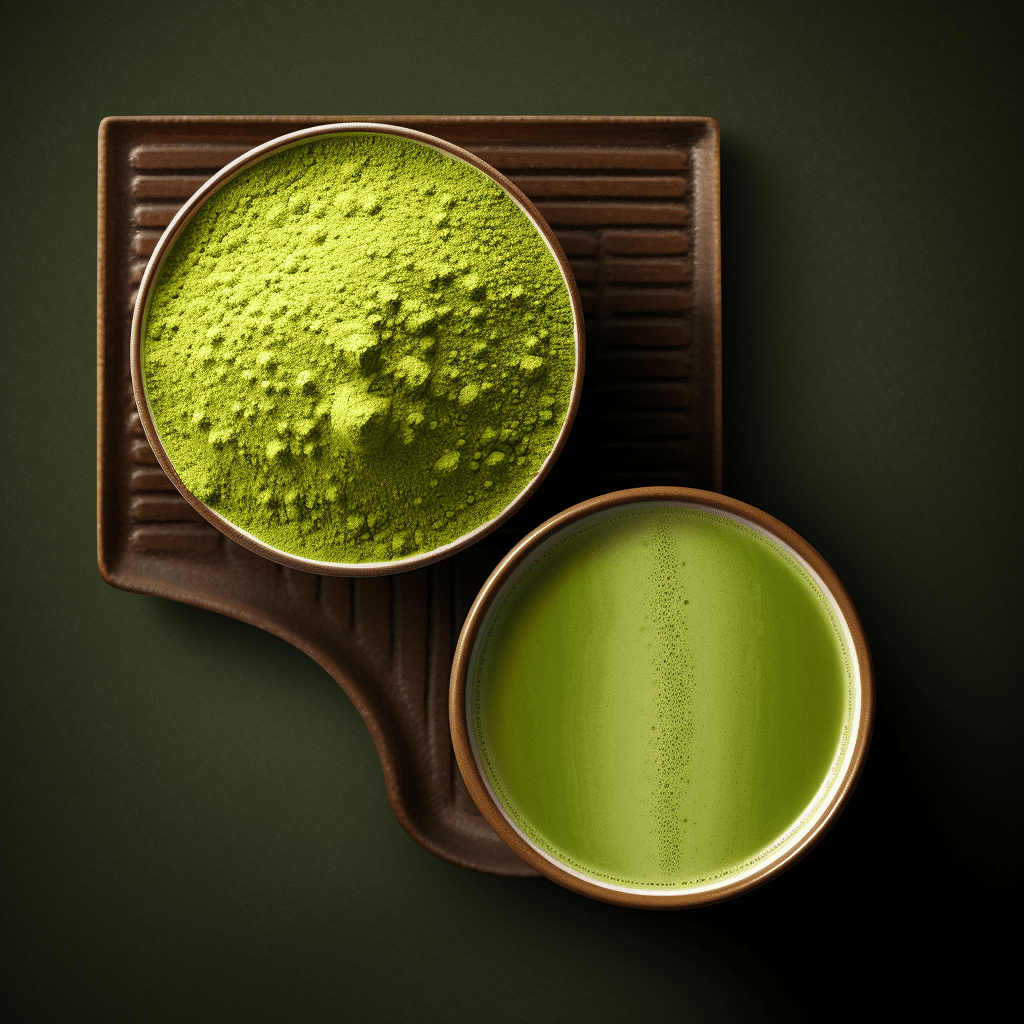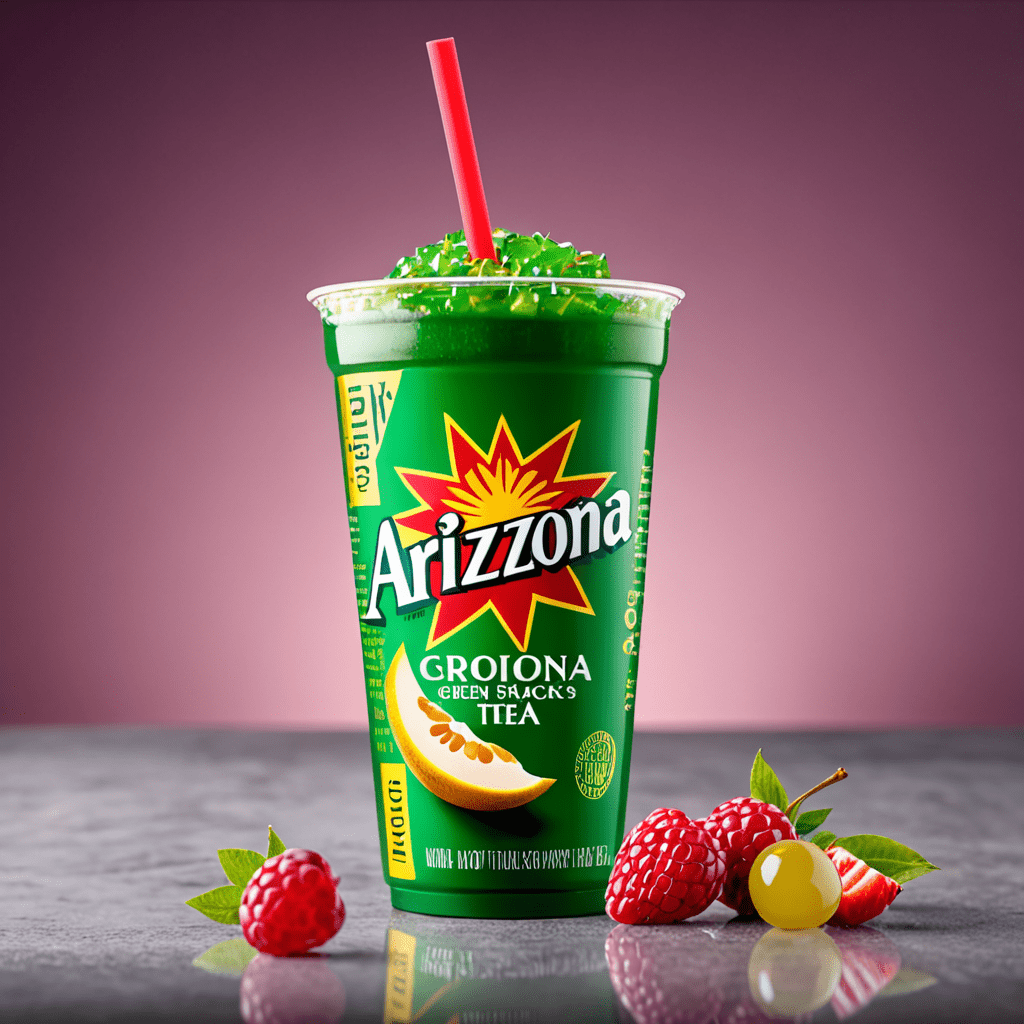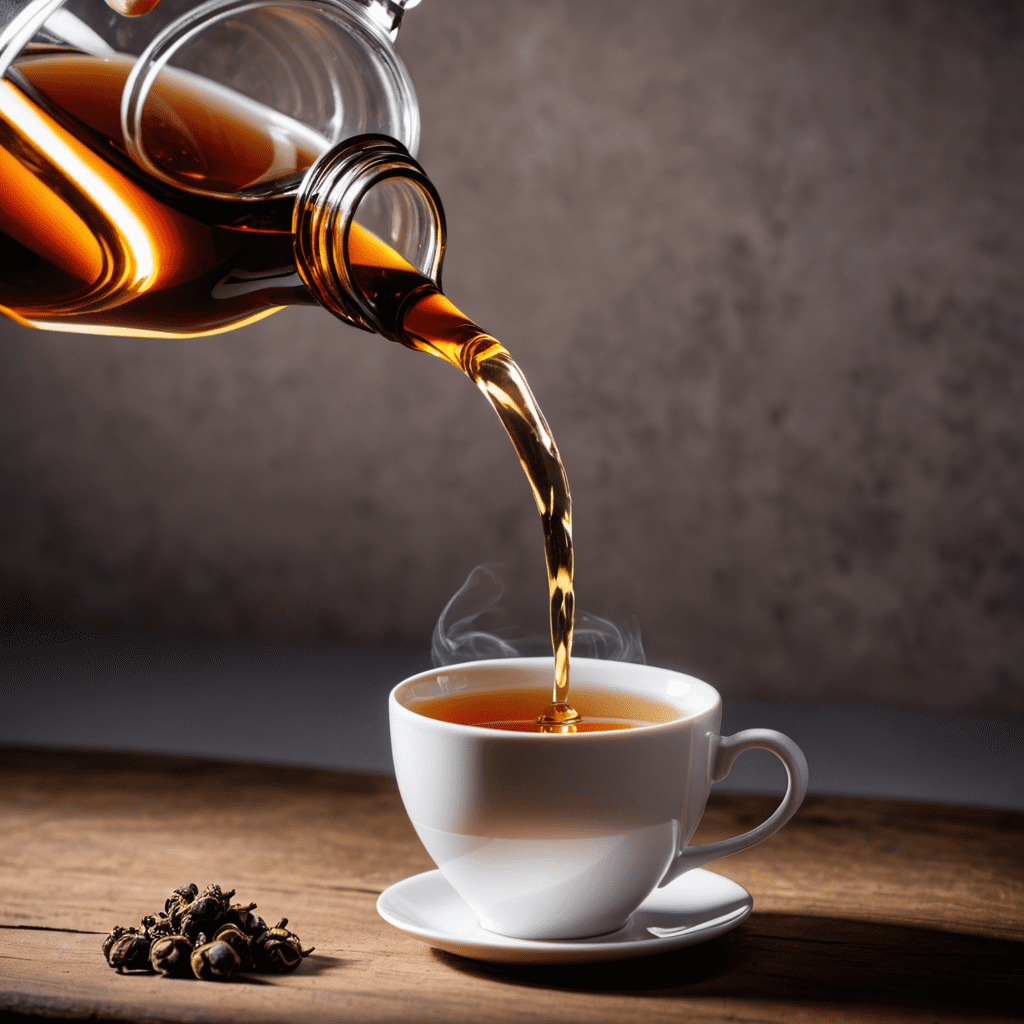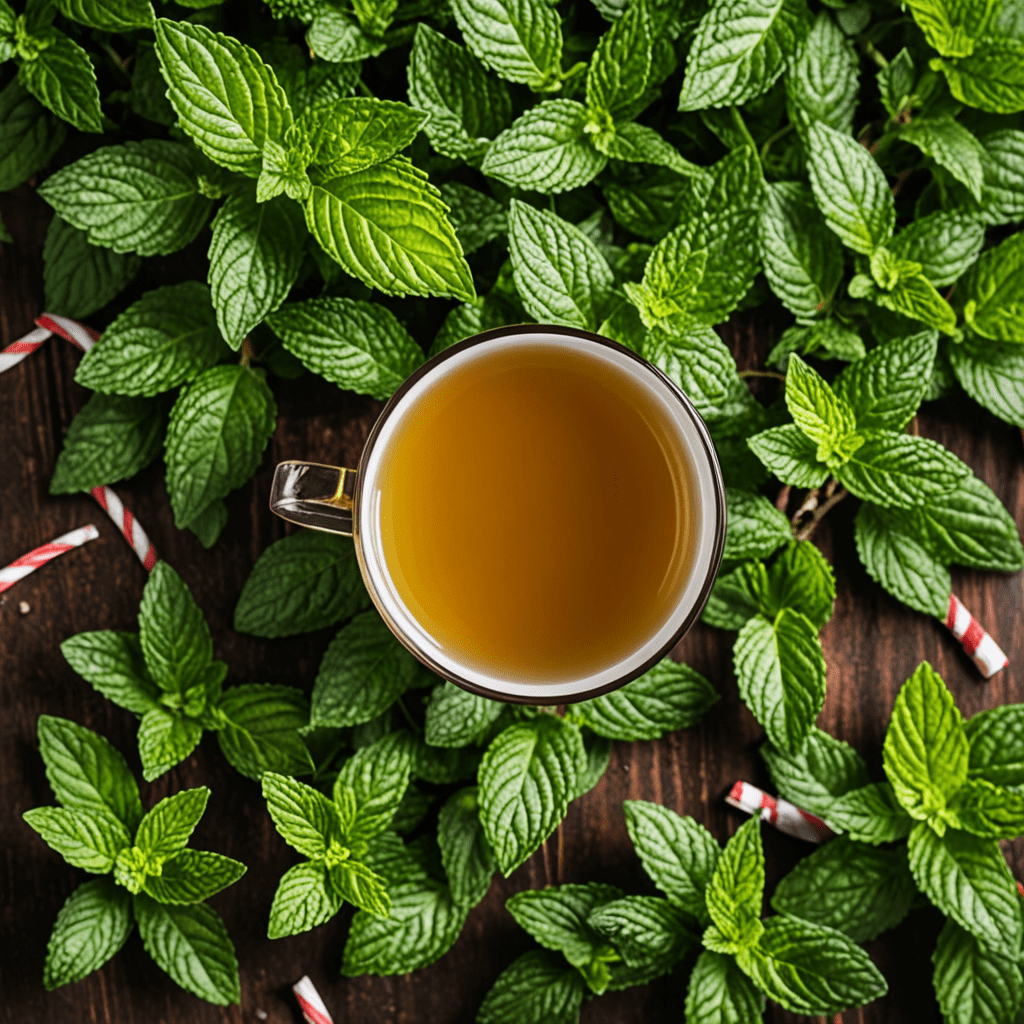Matcha vs Green Tea: Understanding the Differences
When it comes to tea, the varieties are endless, each offering a unique flavor and experience. Two popular options that often confuse people are matcha and green tea. While they both originated in Japan and share similarities, they are distinct in their preparation, taste, and benefits. In this article, we’ll explore the differences between matcha and green tea to help you understand which one might suit your preferences better.
1. Processing Methods
One of the primary differences between matcha and green tea lies in their processing methods. Matcha is a finely powdered tea that is derived from shade-grown tea leaves. The leaves are carefully ground into a vibrant green powder, resulting in a velvety texture. On the other hand, green tea is made from tea leaves that are steamed and then either pan-fried or roasted, preserving their natural appearance.
2. Flavor Profiles
When it comes to taste, matcha and green tea offer distinct flavor profiles. Matcha has a strong and robust flavor, with a slightly bitter and grassy undertone. It can have a rich umami taste, comparable to green vegetables like spinach. On the other hand, green tea has a more delicate and refreshing flavor, with a light grassy or vegetal note. The flavor of green tea can vary depending on the variety and region it comes from.
3. Preparation Methods
The preparation methods for matcha and green tea also differ significantly. Matcha is traditionally prepared by whisking the powdered tea into hot water using a bamboo whisk, creating a frothy and vibrant green beverage. The entire tea leaf is consumed, allowing for a more concentrated flavor and higher caffeine content. Green tea, on the other hand, is brewed by steeping the tea leaves in hot water for a specific period, usually for a few minutes. After steeping, the tea leaves are discarded, resulting in a milder infusion.
4. Caffeine Content
While both matcha and green tea contain caffeine, the amounts differ due to their processing methods and preparation styles. Matcha typically has a higher caffeine content compared to green tea. This is because when you consume matcha, you ingest the entire ground tea leaf, which retains more caffeine than the brewed leaves. If you’re sensitive to caffeine, you may want to consider opting for green tea instead.
5. Nutritional Benefits
Matcha and green tea offer various health benefits, but the levels of nutrients can vary. Matcha is renowned for its high antioxidant content, including catechins and EGCG, which are known for their potential anti-inflammatory and anti-cancer properties. The shade-grown matcha also contains higher levels of chlorophyll, which gives it its vibrant green color. Green tea, while also rich in antioxidants, may contain slightly lower levels compared to matcha due to its processing method. However, both varieties are excellent choices for incorporating healthy antioxidants into your diet.
6. Culinary Uses
Besides being enjoyed as a hot beverage, matcha and green tea also have culinary uses. Matcha is commonly used in traditional Japanese tea ceremonies, where it is whisked to produce a frothy tea. It is also a popular ingredient in ice creams, smoothies, desserts, and even savory dishes like matcha-infused soba noodles or sauces. Green tea, on the other hand, is often enjoyed on its own or as a refreshing iced tea. It can also be used in cooking, such as adding it to rice or infusing it into broths for a subtle flavor enhancement.
FAQ
Q: Which one has a higher caffeine content, matcha or green tea?
A: Matcha typically has a higher caffeine content compared to green tea. When you consume matcha, you ingest the entire ground tea leaf, resulting in higher caffeine levels than steeping and discarding the leaves in green tea.
Q: Are the health benefits of matcha and green tea the same?
A: While both matcha and green tea offer health benefits, matcha generally contains higher levels of antioxidants due to its processing method. However, both varieties are nutritious and can be enjoyed as part of a healthy diet.
Q: Can matcha and green tea be used interchangeably in recipes?
A: Matcha and green tea have distinct flavors and textures, so they may not always be used interchangeably in recipes. Matcha has a bolder taste and creates a vibrant green color, while green tea has a milder flavor. It’s best to refer to specific recipes to determine which tea is appropriate.
Q: Which one is better for weight loss, matcha or green tea?
A: Both matcha and green tea can potentially aid in weight loss due to their catechin content, which may help boost metabolism. However, the overall impact on weight loss depends on various factors, including diet, lifestyle, and individual metabolism.
Q: Where can I buy high-quality matcha and green tea?
A: High-quality matcha and green tea can be found online, in specialty tea shops, or in local Asian markets. Look for reputable brands or sources that prioritize freshness and quality.
Q: Can I blend matcha and green tea together?
A: Yes, you can blend matcha and green tea together to create a unique flavor profile. Experiment and adjust the ratios to find the desired taste that suits your preferences.
In conclusion, while matcha and green tea share common origins, they offer distinct flavors, preparation methods, and benefits. Whether you prefer the vibrant and intense flavor of matcha or the delicate and refreshing taste of green tea, both options provide a wonderful way to enjoy the goodness of tea. So, go ahead and explore these tea varieties to find the one that suits your taste buds and lifestyle best.



